The infamous crow family – mischief-makers, messengers and omens of death; beautiful in sleek iridescence and magisterial in their swagger.
Their scientific name is Corvidae, and as well as crows they include ravens, rooks, jackdaws, jays, magpies, choughs, treepies and nutcrackers.
There are over 120 species and they’re astoundingly successful in habitats ranging from the Arctic to deserts, from coasts to the Himalayas, and from wilderness to inner cities.
The notion of corvid cleverness dates to Ancient Greece and has been embedded into our collective consciousness.
But only in the past 30 years or so has the science existed to support it. Today, there are dedicated corvid research centres around the world, and they are making fascinating insights.
1
New Caledonian crow, Corvus moneduloides
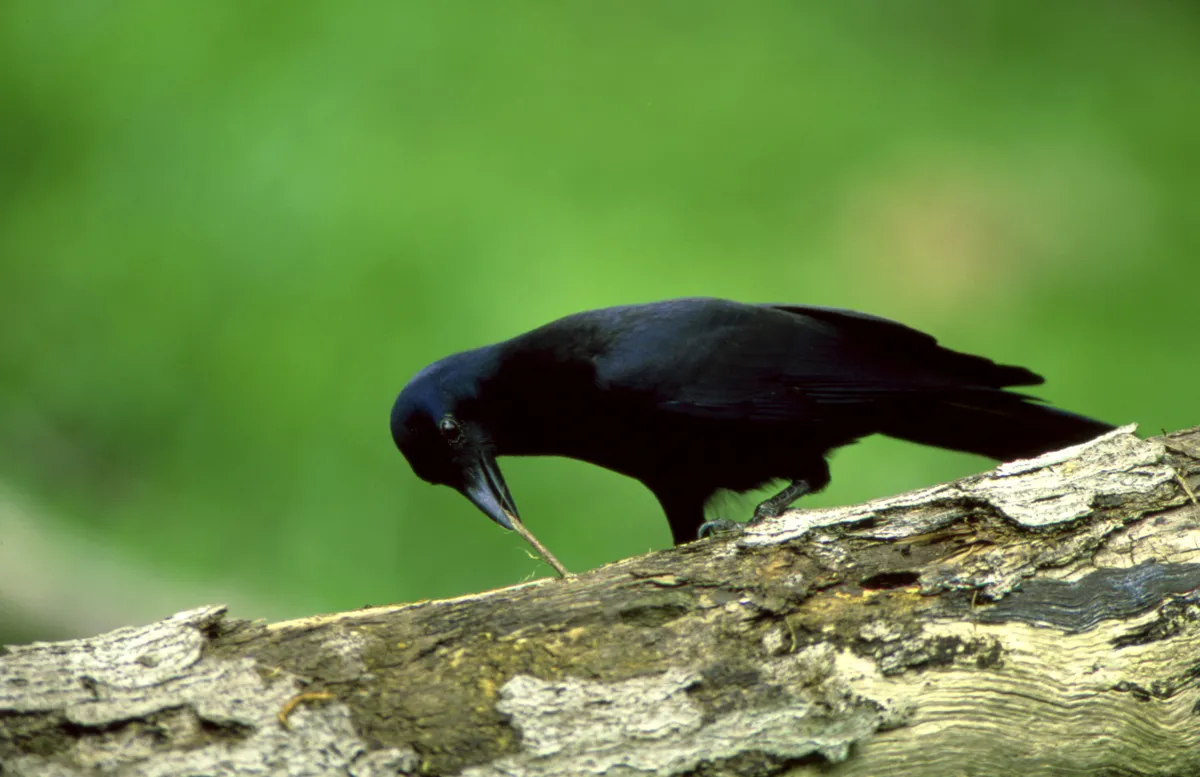
Quickly and flexibly solves tool-related problems, such as choosing tools of the right size for a task, making new tools, using tools in the correct sequence, and (as in Aesop’s fable) using objects to raise the water level.
2
Eurasian magpie, Pica pica
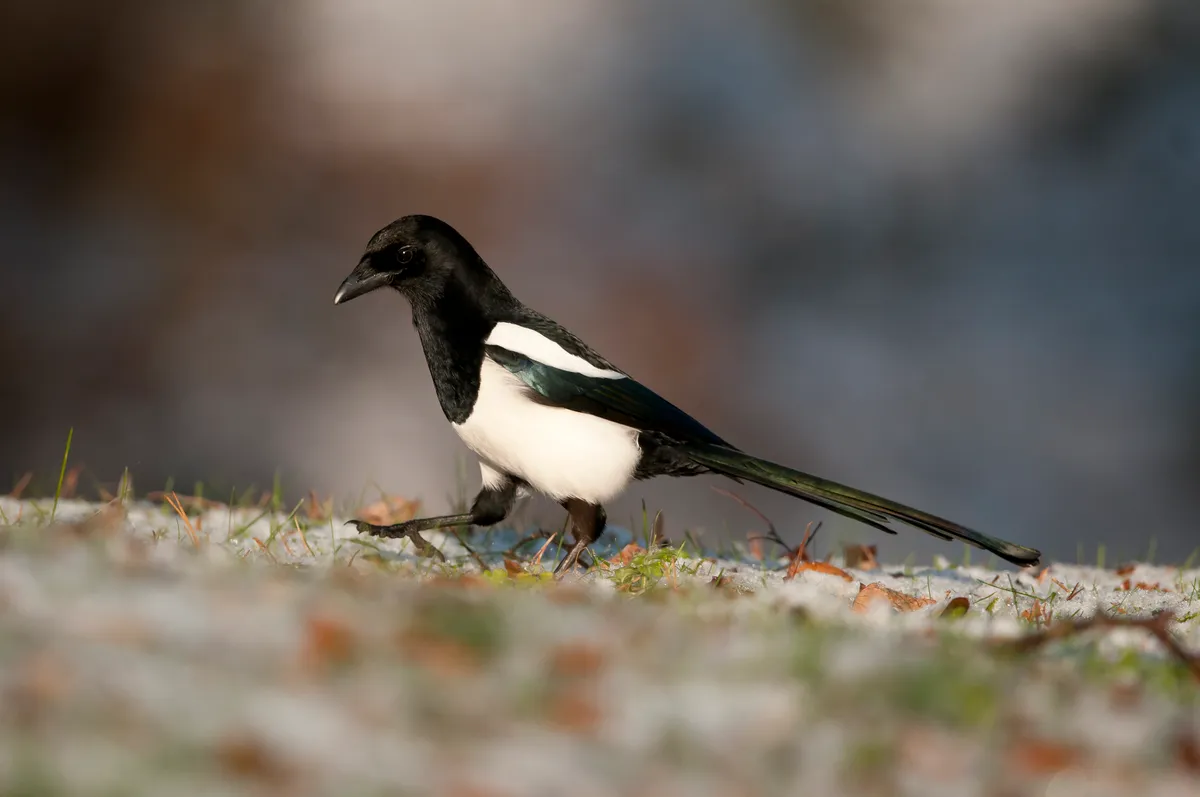
May recognise itself in the mirror, suggesting an awareness of ‘self’. It the only bird known to possibly be able to do this. Can also identify individual humans, and respond accordingly.
3
Common raven, Corvus corax

Adapts its cache-protection strategies, including tactical deception, to suit each situation.
Able, like domestic dogs, to follow the gaze of humans. Can also pull strings to retrieve food.
4
Western scrub jay, Aphelocoma californica
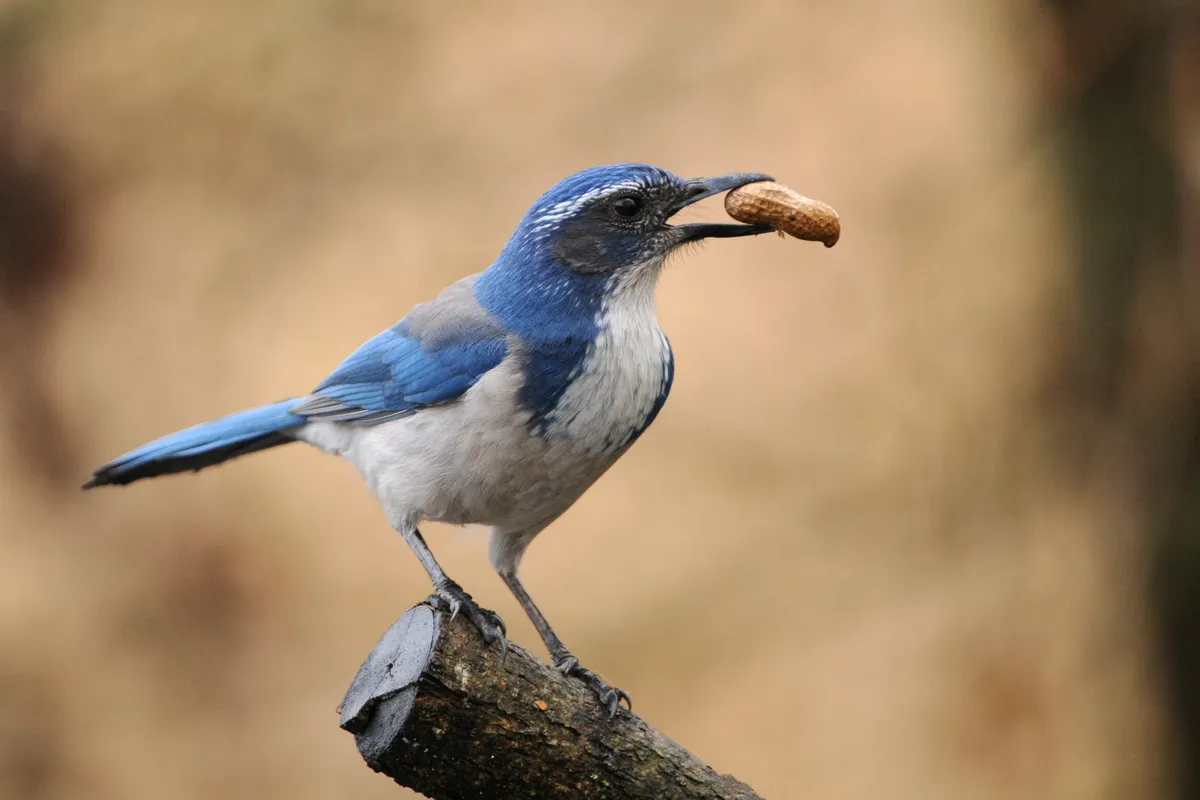
Has an episodic-like memory – it recalls what, when and where things are. Can plan for the future.
Like the common raven, it is also flexible in its cache-protection strategies.
5
Rook, Corvus frugilegus
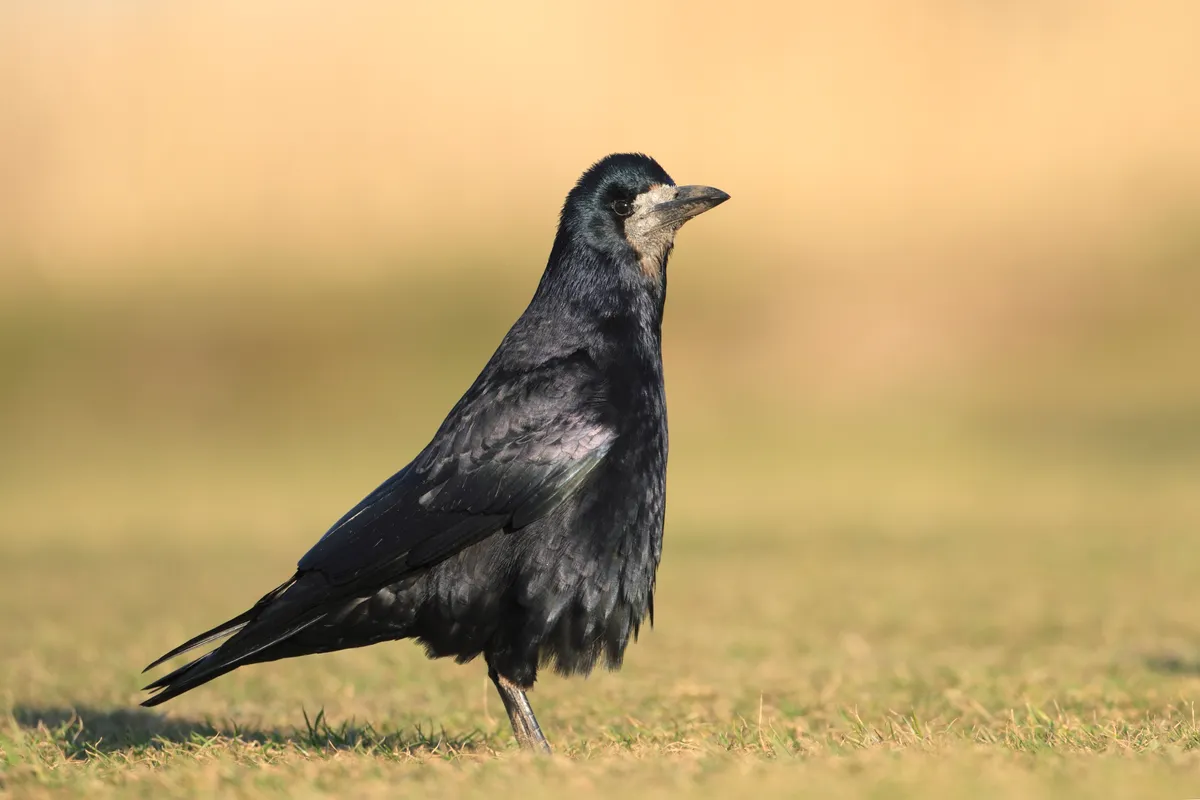
Forms alliances and makes efforts to repair ‘friendships’ after conflicts.
Chooses appropriate tools and can fashion new ones. Uses objects to raise water level.
6
Eurasian jay, Garrulus glandarius
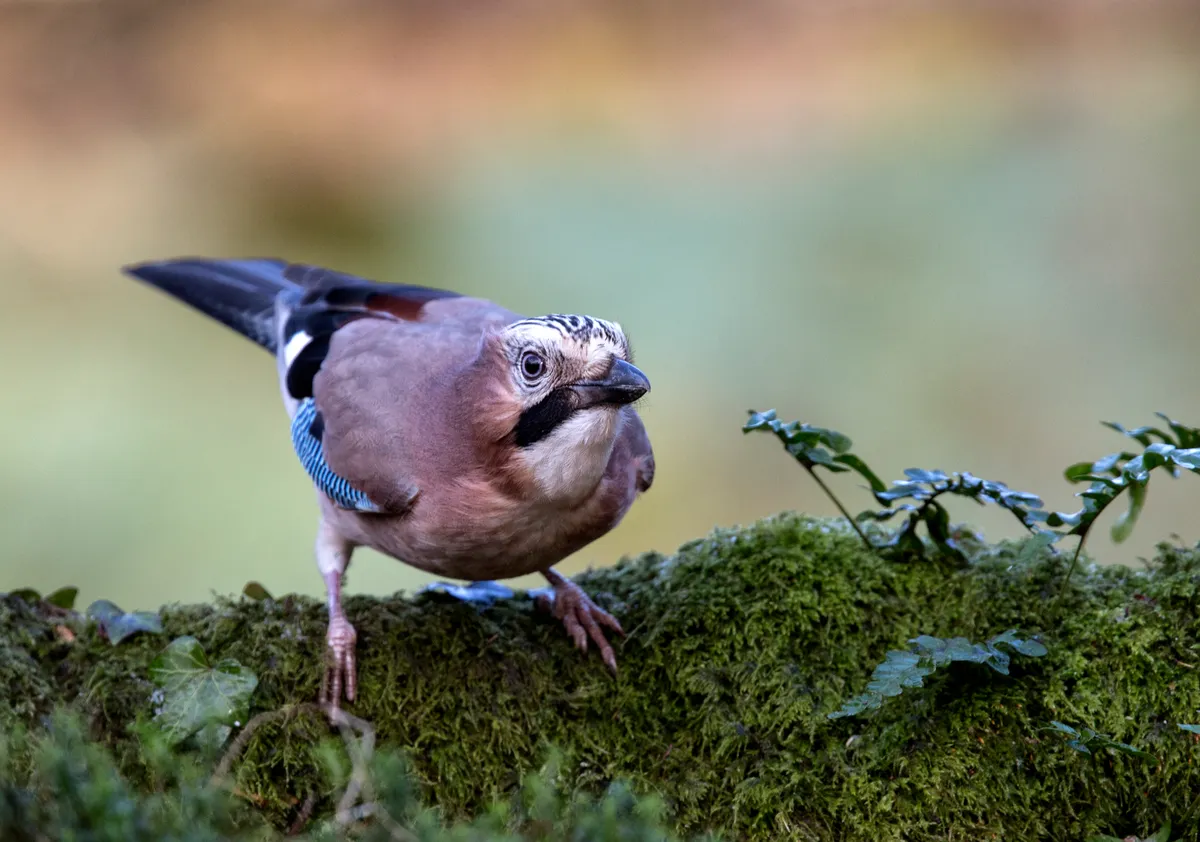
Plans ahead in relation to food caching. Shows awareness of its partner’s preferences when sharing food. Uses objects to raise water level.
7
Carrion crow, Corvus corone
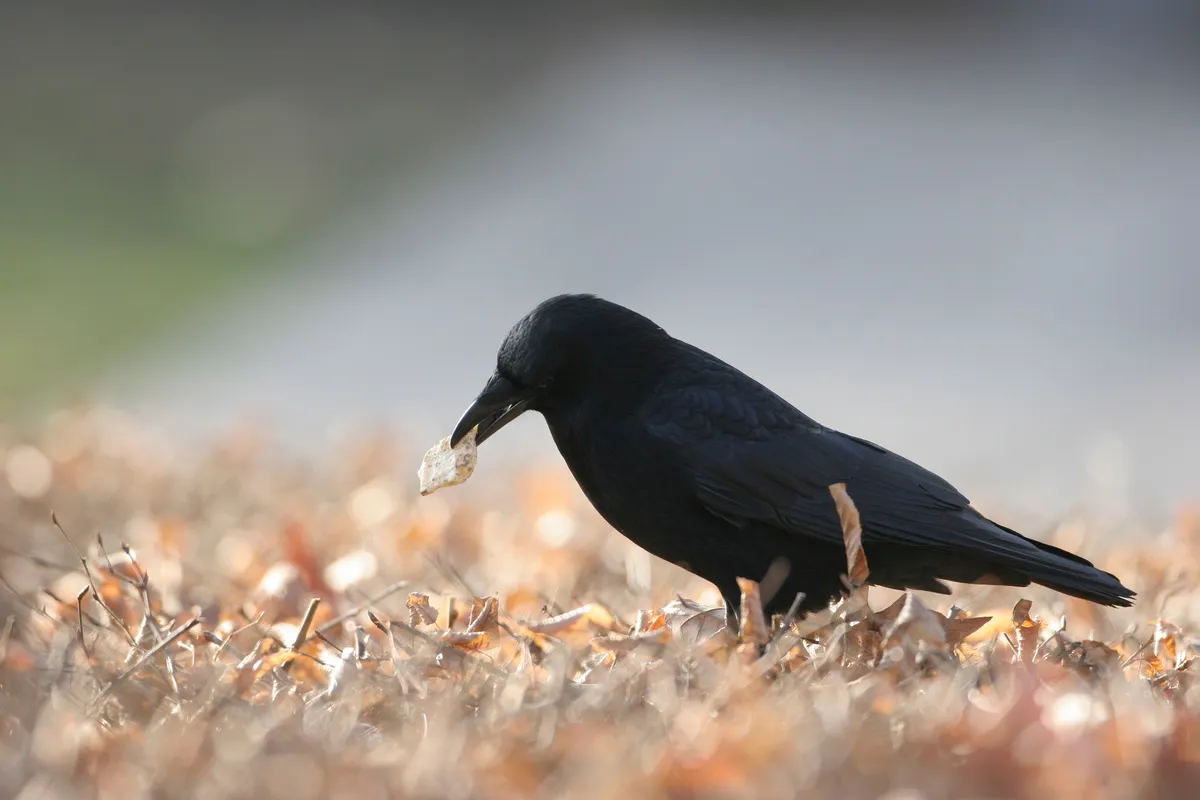
Drops nuts under passing vehicles to crack them, and uses rocks or tarmac to smash molluscs. Distinguishes familiar and non-familiar human voices.
8
Western jackdaw, Coloeus monedula

Recognises human faces and follows human cues, for example tracking our gaze.
